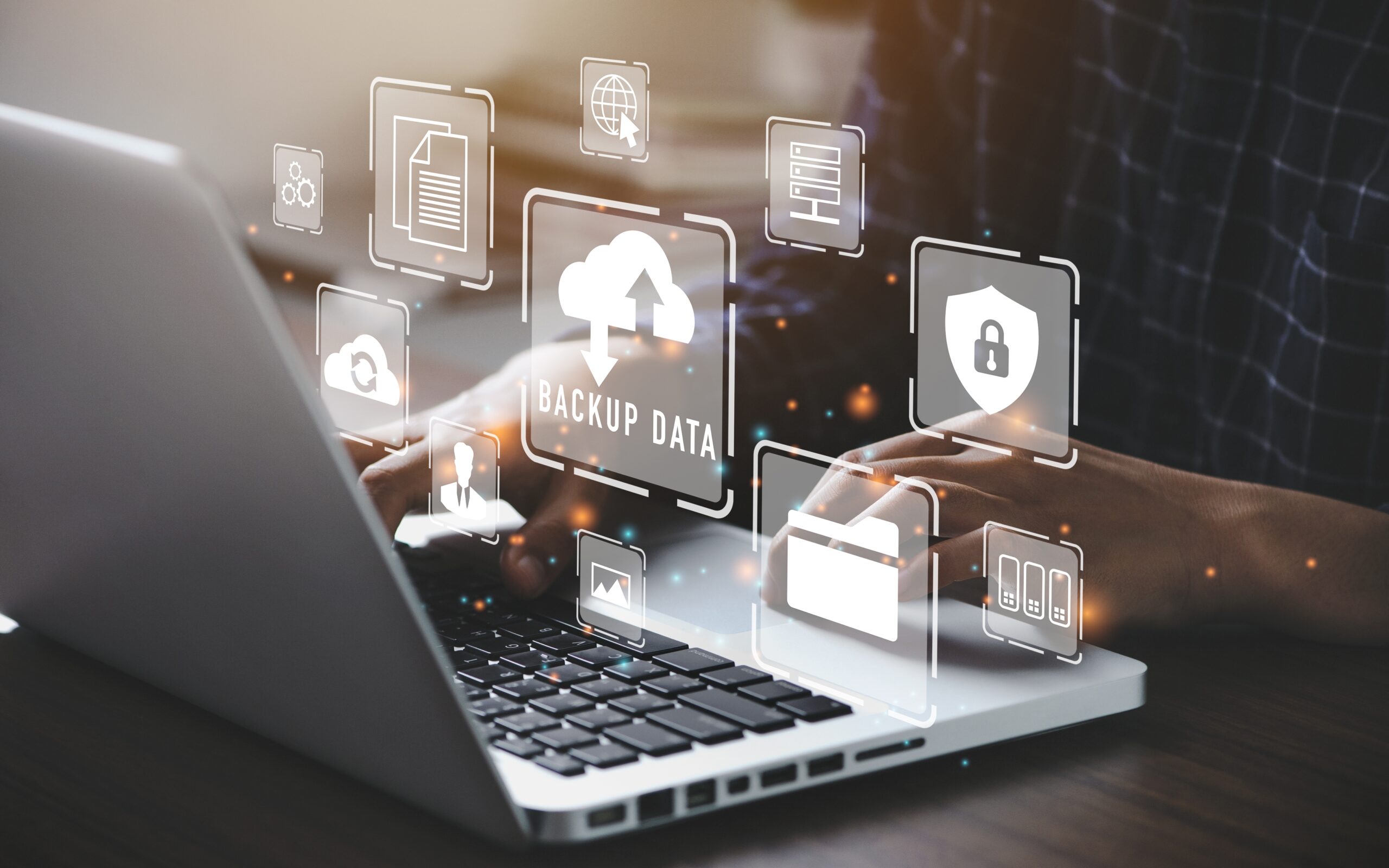A disaster can happen at any time, and be of varying severity. Many business owners and managers understand this and have already responded to this potential reality by taking steps to develop plans on what to do during a disaster. While these plans will likely help keep a business operational, their weakest point is communication. During a disaster communication is key to survival, and it is often more of a challenge to achieve than it might seem.
Here are five tips on how to ensure better communication during a disaster.
1. Have more than one way to communicate
During a disaster, you have to assume that communications will be affected in some way. Therefore, you should take steps to ensure that your company has more than one way to communicate with employees and people outside of your organization.
This could include mobile phones that are used only for disasters, extra phone lines, VoIP, etc. The key here is to identify how potential disasters could affect communications and look for alternative methods or ways to communicate.
2. Coordinate responders
During some disasters, it’s not the communications themselves that cause further problems, but uncoordinated responders. In times of disaster, people react based on what they think will work best in the moment.
If you have not taken steps to ensure that all responders are on the same page, and know what they should be doing to not only carry out the recovery plan but also communicate, you could face a total breakdown.
When developing your strategy, take the time to ensure that the selected responders and communications leaders are up-to-date and are aware of what is expected of them and how they should go about communicating during a disaster. Cross-training employees so they can carry out other roles if necessary, can be a good back up too.
3. Coordinate responses
During a disaster, you will have to communicate with parties outside of your business. This may be the media, shareholders or other businesses. If you have a disgruntled employee, or one who is not aware of the full situation when answering questions, the impact of the disaster could be exacerbated.
It is beneficial to develop standard responses and methods of responding during a disaster. As a small to medium business owner it is tempting to take on this role yourself. However, while you should definitely be a key person to respond to questions from parties outside of your business, having other people in place who can cover this role might help mitigate disaster.
4. Communicate outward
In times of disaster it can be easy to forget that other people and businesses rely on you. If they are not fully aware of what is going on, there is a chance of compounding problems and even losing business.
When disaster strikes, your company should take steps to communicate with parties outside of your organization as to what is going on, what you are doing to fix the problem and if there is any help/changes you need. After all, the more people who are informed of the situation, the greater the chance that support will be available and more effective.
5. Be honest
There is a temptation to put spin on a disaster within your organization and embellish the truth, or play it down so as to not make your business appear in a bad light. This could cause further problems though if important people find out that you have not been totally upfront and transparent.
All it would take is one employee mentioning a hidden fact to a friend and the truth could come out and potentially damage your brand reputation and possibly lose you business. Therefore, when communicating with outside parties and with your employees, be honest and open as to what is really going on. This will make communication easier, and could even help lessen the long-term impact of the disaster.
If you are looking for communications systems or disaster recovery plans that will help see you through any disaster, please contact us today to see how our solutions can support you.







